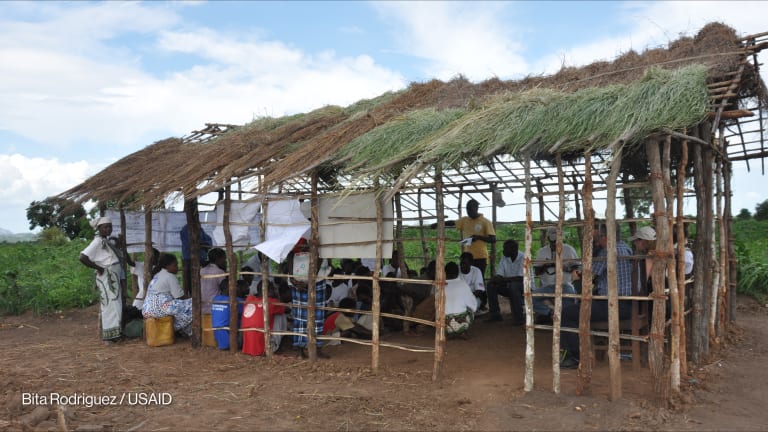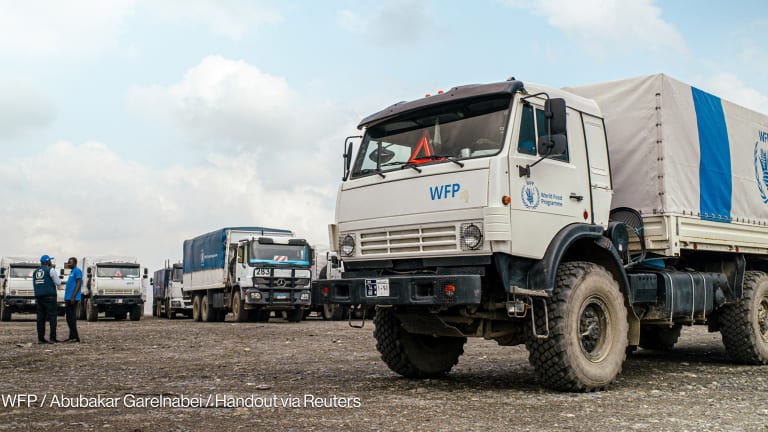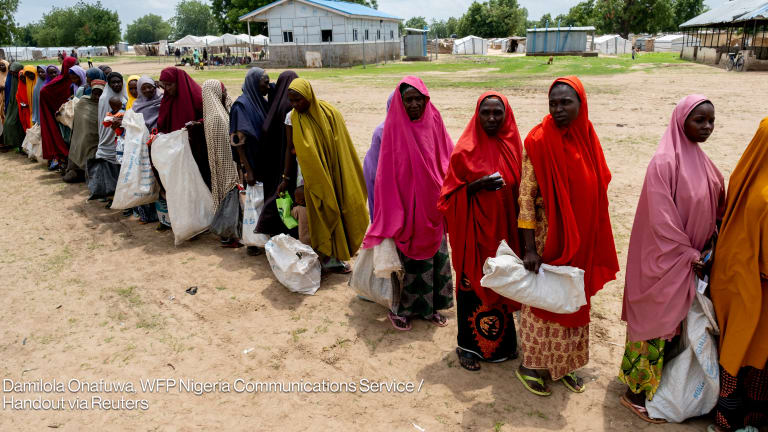
An estimated 13 million people in the Horn of Africa face severe hunger in the first quarter of this year, according to the United Nations World Food Programme. The region is facing the driest conditions since 1981.
Get the inside track on how agriculture, nutrition, sustainability, and more are intersecting to remake the global food system in this weekly newsletter.
These conditions come in the wake of three successive failed rainy seasons, which has resulted in devastated crops and “abnormally high” levels of livestock deaths. The drought is impacting southern and southeastern Ethiopia, southeastern and northern Kenya, and south-central Somalia.
Societal disruption: This shortage of water has caused wide scale displacement of people, leading to an uptick in conflict among communities, according to WFP. Food prices have spiked, inflation has risen, there is little demand for agricultural labor, causing economic hardship for families, and malnutrition rates are high. With the next rainy season not expected until April, Somalia is “staring at a potential catastrophe,” according to the United Nations Office for the Coordination of Humanitarian Affairs.
Constant drought: This is the third severe drought period caused by La Niña in a decade. Between 2016 and 2019, six out of seven rainy seasons in the region were below average. As the region is pummeled with frequent droughts, communities are left struggling to build up resilience before the next blow. In Ethiopia, people in the drought-hit areas “barely managed to recuperate from the severe drought in 2017,” according to the United Nations. This is separate from the food insecurity impacting 9 million people in the north of the country due to conflict.
In 2011, up to 260,000 people died from hunger in Somalia. Since then, investments have been funneled into the region to build up more resilient systems. Without these investments, the “region would undoubtedly have been in a more critical situation,” according to the Food and Agriculture Organization of the United Nations. Yet conflict and climate shocks provide challenges that rural communities can’t overcome alone, and livelihood support is “disproportionally underfunded” in humanitarian responses in the region, said the agency.









